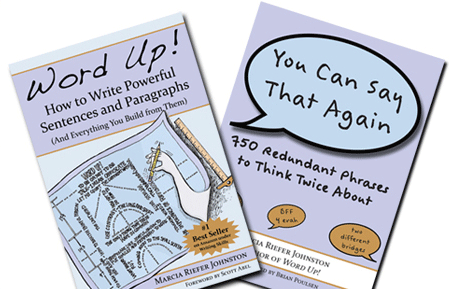 Designer Jan White asks (about magazines), “What makes pages interesting? Why do people pay attention? Because they sense something there that they are curious about – the subject matter. But presenting the subject in a take-it-or-leave-it way is not good enough.” [1]
Designer Jan White asks (about magazines), “What makes pages interesting? Why do people pay attention? Because they sense something there that they are curious about – the subject matter. But presenting the subject in a take-it-or-leave-it way is not good enough.” [1]
What technique, according to White, turns magazine “lookers into readers”?
Contrast.
The same technique that White uses to delight the eye, composer Franz Von Suppé uses to delight the ear. His Pique Dame Overture begins with a series of whisper-soft, gently-paced notes that tip-toe from measure to measure until suddenly the orchestra explodes. The first time I heard this opening, I laughed. [2]
If the Pique Dame Overture were text, the first few measures would look like this:
Deet. Deet. Deedle-deedle-deet deet. Deet. Deet. Deedle-deedle-deet deet.
Deet. Deet. Deedle-deedle-deet deet. Deet. Deet-deet-deet. Deet-deet…
Deet. Deet. Deedle-deedle-deet deet. Deet. Deet. Deedle-deedle-deet deet.
Deet. Deet. Deedle-deedle-deet deet. Deet. Deet-deet-deet…
BLAST!
How can writers get in on the fun? For starters, vary these two things:
- sentence length
- paragraph length
Just look at the Pique Dame “sentences” and “paragraphs” above.
As for sentence length, to achieve the kind of contrast that makes for the liveliest, most enticing writing, you might have to fight a tendency to write sentences that all have about the same number of words. Be bold. If you’re going to contrast, CONTRAST. When you have a long sentence that’s full of lots and lots and lots of words, like this one, put a shorter sentence – even a fragment – next to it. Like this.
Same goes for paragraphs: Go for dramatic variety in length. Of course, paragraphs still need to hang together based on their content. You still need transitions, topic sentences, examples, logical progression of ideas — all the basics that you learned in high school. What our English teachers never taught us, though, was to use paragraphs as pigment. When you squint at your page, do you see a stack of same-sized grey rectangles as enticing as a cinder-block wall?
Or not?
When it comes to deciding what goes in those eye-catchingly short paragraphs, follow Jan White’s advice, and “make the important elements stand out.” Use the spotlight of white space. All but your truest fans skim your long paragraphs. But everyone reads your short paragraphs.
Make them count.
————
Related links:
[1] Jan White’s article (http://www.office.xerox.com/small-business/tips/contrast/enus.html)
[2] A sample of Pique Dame, as conducted brilliantly by Zubin Mehta (http://www.amazon.com/gp/product/B00138IMZI/ref=dm_mu_dp_trk5)



Awesome article! I am a sucker for varying sentence length. There was actually a metal band I used to listen to in high school called Exodus that hooked me on the idea. The lines they used during the verse section were always long and windy, then they had these short punchy phrases in the chorus. The effect was really powerful. Oddly enough, I probably spent a lot of time I should have used to finish my English homework listening to them instead!